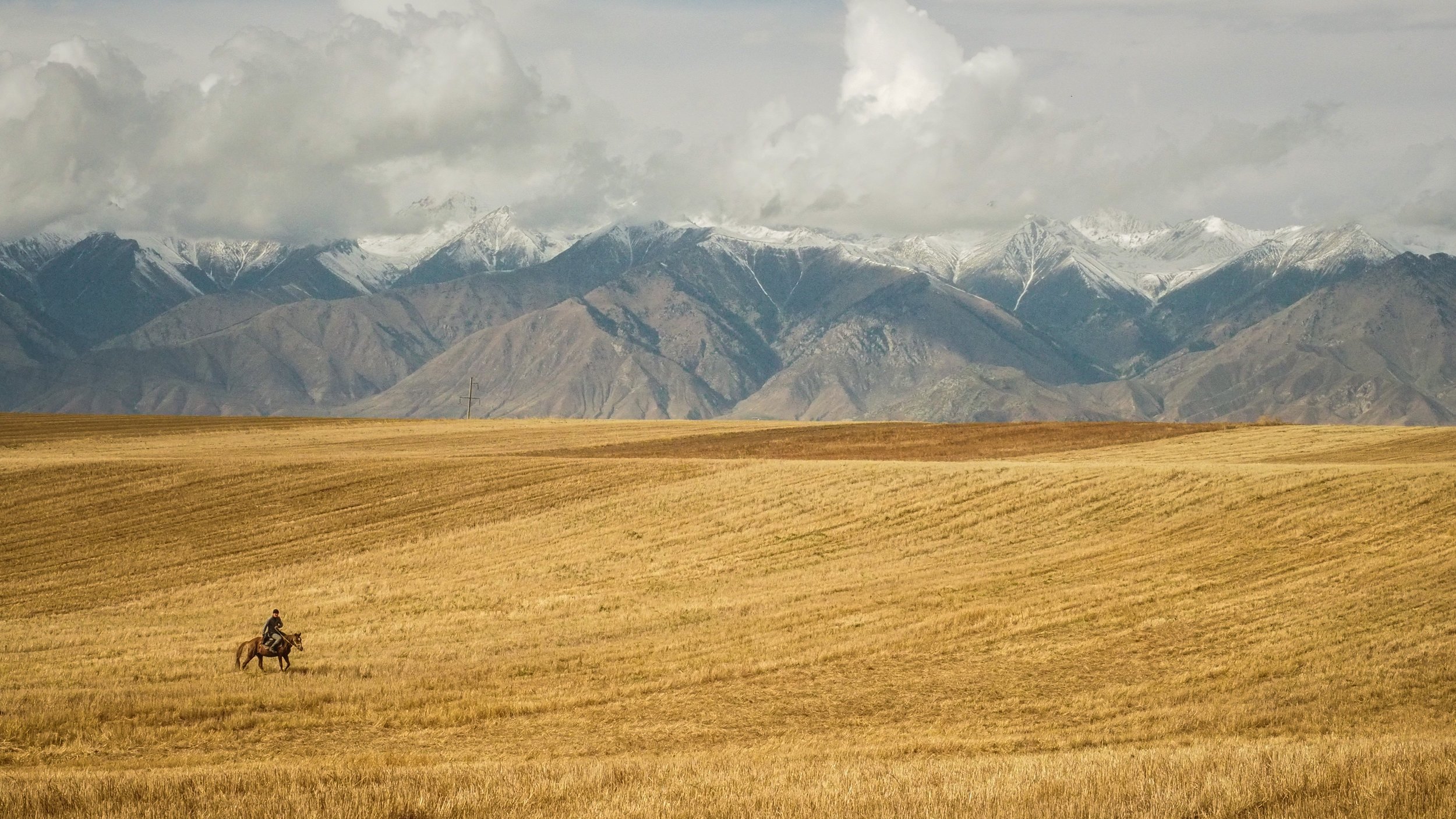Hunting with Eagles: Exploring the Heritage of the Mongolian Kazakhs
Shohan flickr photo by www.davidbaxendale.com shared under a Creative Commons (BY-ND) license
Mongolia’s Altai Mountain Range is among the harshest and most inhospitable regions on the planet. Here, bitter winds blow down from the steep, treacherous peaks and across the barren plains, where only the most resilient flora and fauna are able to survive.
Yet roughly 200 years ago, a small population of Kazakhs fled their homeland and crossed the border into this remote and rugged region of Mongolia. These nomadic horsemen made their home in a province known as Bayan-Ölgii, where they’ve remained geographically isolated for centuries.
Bordered by the desolate Gobi desert to the south and the frigid Siberian plain to the north, this physical isolation has allowed the Kazakhs to preserve many of their oldest traditions, including the 4,000-year old art of eagle hunting.
For modern Kazakh eagle hunters, this ancient form of falconry is a way of life. Although today it serves as only a minor source of food, it is by far the most revered tradition within their culture, and those who master it are granted an elite status.
Eagle Hunter flickr photo by www.davidbaxendale.com shared under a Creative Commons (BY-ND) license
For both the hunters and the eagles, training begins early. Eagle hunters are taught the necessary skills and lessons from a young age, usually around 13 years old. The eagles themselves are not bred in captivity; instead, they’re captured in the wild as young chicks, straight from their nests.
The training process itself takes years to complete, and can only be conducted by the original master to ensure that an intimate bond is formed. Even so, the eagle will never be truly tamed or controlled; the years-long process relies entirely on mutual trust.
Although many species of eagle can be trained to hunt, the Kazakhs primarily hunt with golden eagles. These esteemed hunters are known as “bürkitshi,” and there are less than 200 of them remaining on the planet.
Powerful and swift, golden eagles can dive at speeds of more than 150 miles per hour, and snatch up a variety of small-to-medium sized prey with their sharp talons. They are primarily trained to hunt red foxes and corsac foxes during the winter months, when the brightly colored fur is easiest to spot against the white landscape.
Hunting days are long and conditions are bleak, with sub-zero temperatures, frigid winds, and deep snow. The Kazakh eagle hunters almost always hunt on horses, allowing them to herd the prey into the open where the eagle can swoop down and snatch it up.
Eagle Hunter flickr photo by www.davidbaxendale.com shared under a Creative Commons (BY-ND) license
When an eagle successfully makes a kill, its master rewards it by feeding it the lungs - the most prized part. The fur of the animal is typically made into a hat, which keeps the hunter warm during the harsh winter and also serves as a visible trophy, which is revered by the entire community.
Golden eagles have a lifespan of up to 40 years, which means that for many hunters and their eagles, the bond they form through this process is truly lifelong. That said, releasing the eagles back into the wild after their many years of loyal service is also an important part of the tradition.
This ensures that the eagle is able to mate and produce a healthy new generation of eagle chicks, who - together with the next generation of hunters - will keep this ancient custom alive.





